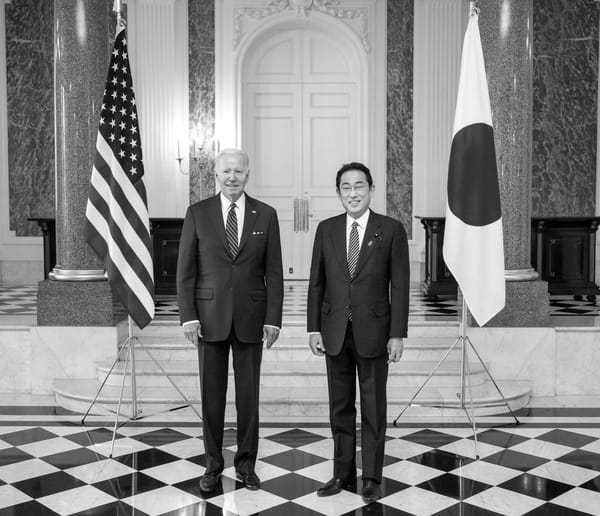In the early postwar decades, it was common to encounter notions of “convergence” in commentary on Japan—convergence, that is, between the American and Japanese models of how to run a country. The first iteration of convergence advertised itself as “modernization theory.” Modernization, in this telling, mainly involved adopting the conventions and institutions of American capitalism. Japan would follow this path, grow beyond “crony capitalism,” and allow markets for money, labor, and corporate control—rather than nosy bureaucrats—to determine the country’s economic destiny.
This kind of thinking became less tenable as Japanese companies conquered world markets, while Americans began buying Toyota Camrys instead of Chevrolets and snapping up Canon cameras, Kubota steam shovels, Panasonic VCRs, Yamaha pianos, and Ricoh fax machines. So perhaps it was the United States that would be learning to adopt Japan’s scrupulous attention to quality control, long-term outlook, and cooperative rather than adversarial relations among government, business, finance, and labor. The sociologist Ezra Vogel gave an iconic book of the era, 1979’s Japan as Number One, the significant subtitle Lessons for America.
“Both countries are struggling to formulate a coherent national vision.”
In the end, neither form of positive convergence—Japan adopting America’s ways or vice versa—took hold. Yet today there is a form of negative convergence under way: in how both countries are struggling to formulate a coherent national vision, to transfer wealth and power to younger generations, and to come to terms with the shifting geopolitical landscape of the 21st century.
Japan and the United States are converging in decline.
